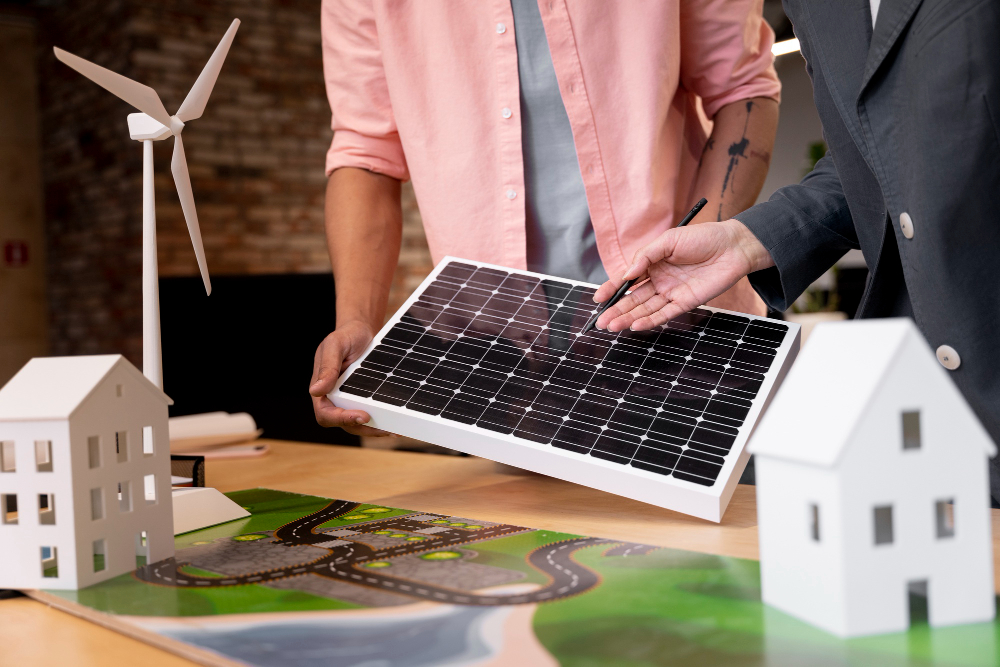Last updated on
Keeping it heated or cool when needed is one of the essential things you have to ensure for your cabin. Read on to find out how.
In most American homes, heating and cooling account for a significant percentage of their energy usage. If you have a cabin as a holiday home, heating and cooling it can be quite expensive. However, ensuring that your cabin has an efficient cooling and heating system is a big step toward reducing your energy consumption.
If you’ve got a log cabin in the wilderness, you wouldn’t want to disturb the tranquility of the place by irresponsible energy consumption. To create an energy-efficient cabin you have to make sure that the cabin is designed well. You can also add energy-efficient heating and cooling systems. There are plenty of sophisticated and energy-efficient systems you can install in your cabin to greatly reduce your carbon footprint.
In this article, you’ll learn about some efficient ways to cool and heat your cabin.
Remodel Your Ventilation System
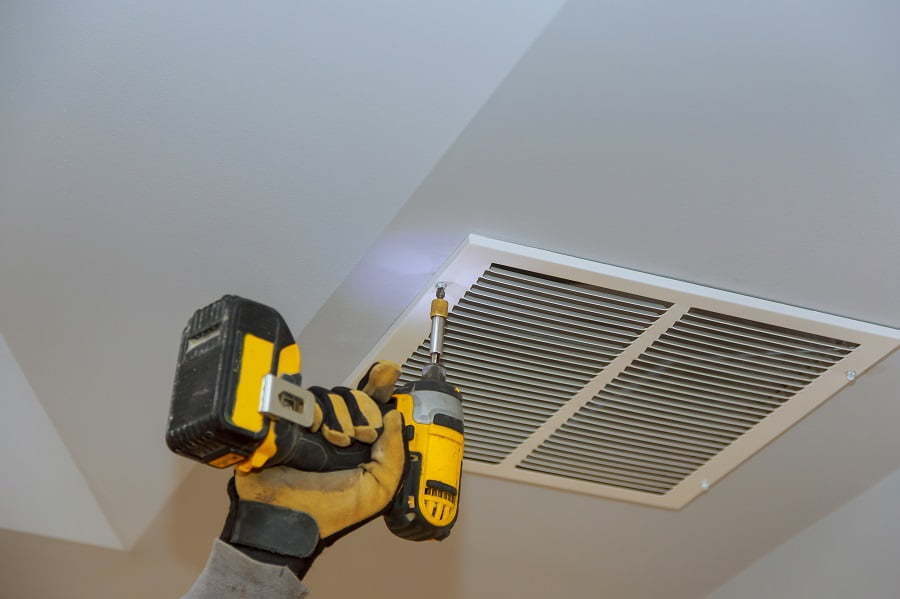
If you’re building a new cabin or revamping an old one, think through your cabin’s ventilation design carefully. Designing a space with ample ventilation is an easy and energy-efficient way to keep your cabin cool during summer and warm during winter.
The placement of windows plays an important role in your cabin’s ventilation system. If you want a cabin that’s warm during the winter months, choose large south-facing windows. They allow the sun’s rays into your home for hours and warm your home naturally. The quality of the window is also important. Choose a gas-filled glass window for maximum insulation. For a high R-value, choose wooden frames.
Double-pane window glass is a good choice for areas with extreme temperatures. Over time, replacing double pane window glass may be necessary due to fogging, cracking, or other damage. If you’re replacing the glass, keep in mind that higher-quality windows are more energy-efficient and can help reduce your heating and cooling costs.
If you’re off the grid, you can also install solar or geothermal heating and cooling systems.
Insulate Your Home
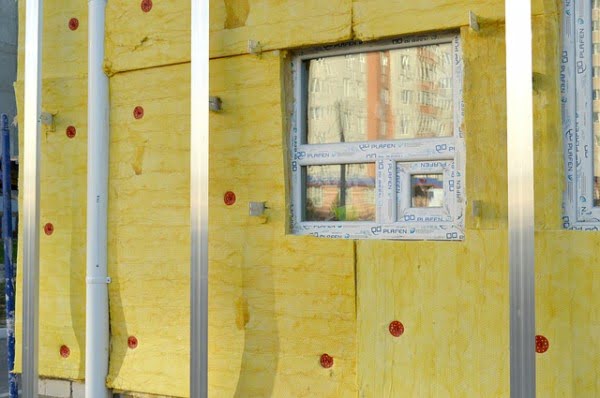
To ensure that your cabin’s heating and cooling system works efficiently, make sure that it’s well-insulated. If you’re constructing a new cabin, think of incorporating thermal insulation in the building.
Thermal insulation is a great option for your home as it keeps the cold air out during winters and hot air out during summers. Insulating your cabin will ensure that your heating and cooling systems use much less energy. Insulation will also prevent damage caused by moisture and bacteria.
In the summer months, you can use thermal curtains to make sure the cool air doesn’t escape your home and the sun’s heat doesn’t get in.
Choose Your Cooling and Heating System Carefully
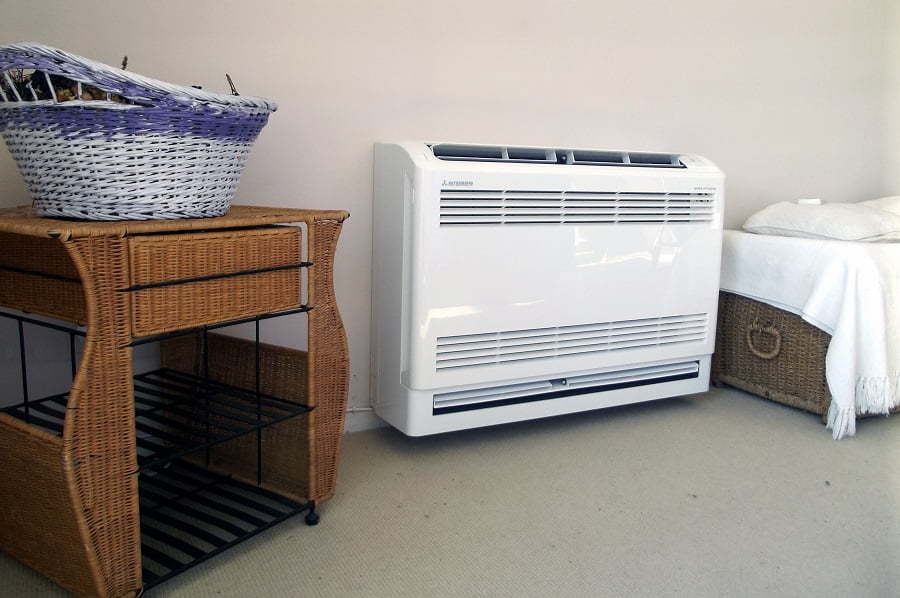
If you’re looking to add energy-efficient cooling and heating system to your cabin, you can start by carefully selecting your PTAC Unit. When buying an energy-efficient system, look for the one that fits perfectly into your existing space as a small-sized unit may have to work overtime to cool the cabin, thus increasing your electricity bills. On the other hand, a larger size AC can make the air damp.
Pick a Cooling Unit with Energy-Saving Ratings and Certification
High EER and SEER ratings indicate that an air conditioner is energy-efficient. These ratings are the measurement of a unit’s energy efficiency. EER stands for energy efficiency rating, while SEER stands for seasonal energy efficiency rating. Also, look for a unit that has a blue energy star certification. This certification means that the unit has met the higher energy efficiency standards.
Choose Automatic Temperature-Setting Units
Choose an energy-efficient system that can switch off automatically once the space is cooled. Smart versions of AC units are available in all types, ranging from split ACs to central cooling systems. These units allow you to fine-tune your settings and are highly energy efficient.
For your refurbished PTAC unit, consider adding a programmable thermostat to improve its energy efficiency. These devices automatically adjust the temperature according to your preferences. They can also be monitored remotely using your smartphone.
Create Heating and Cooling Spots in Your Cabin
To make your cabin energy-efficient, you can designate cooling and heating areas in your cabin instead of installing a central heating and cooling system. Ductless systems are best for heating and cooling specific areas. Ductless split systems are ideal as they can be used as heating and cooling system.
You can also opt for portable heating and cooling systems if don’t live permanently in your small cabin, and only visit it occasionally.
Focus On Moisture Control
Excessive moisture levels in your log cabin can greatly damage your space. If your cabin absorbs large amounts of water quickly that leads to issues like air infiltration, mold, and yeast infestation. The air gaps in the walls trap the cool air and release heat. Thus, creating a cold, damp atmosphere in your log cabin.
To avoid the problem of moisture control, make sure that the logs used to build the cabin are cut, stored, and dried properly. If you’ve already built your cabin, make sure that you practice regular cleaning and maintenance to remove and prevent excessive moisture.
Use Energy Efficient Heating Systems
Today, the market is flooded with many energy-efficient options for heating systems. Energy-efficient heating systems like condensing furnaces can generate heat from the combustion and exhaust process within the furnace, thus reducing the amount of electricity used in the process. Most energy-efficient furnaces have an energy recovery ventilator. These systems warm the air with the heat already present in the cabin’s exhaust system. These systems are ideal for conserving energy and are also low maintenance.
The Takeaway
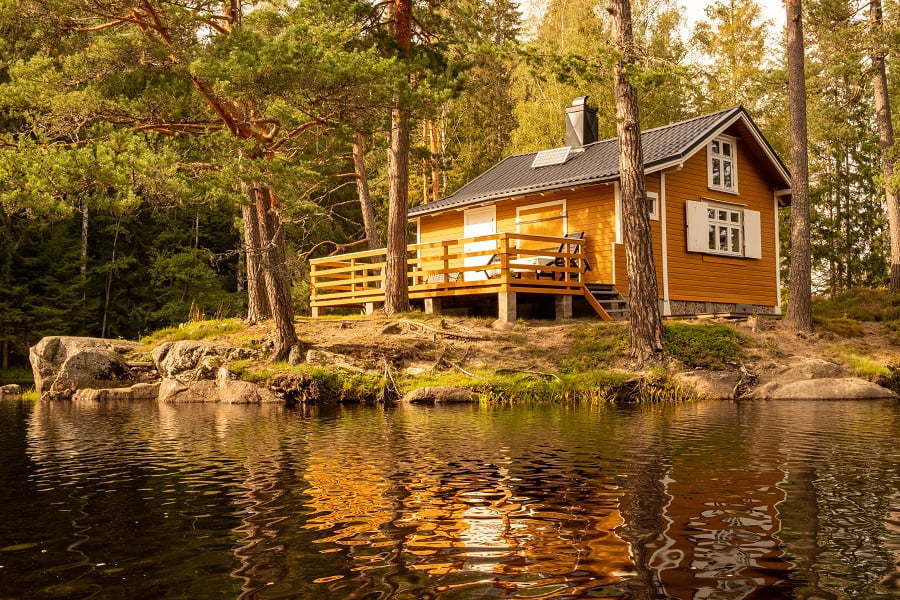
If you’ve got a beautiful cabin surrounded by breathtaking natural elements, energy-efficient heating, and cooling systems are an obvious choice. However, before you even install these systems in your cabin, there are several ways to construct an energy-efficient cabin by focusing on factors like the cabin’s ventilation, window placement, insulation, natural lighting, foundation, flooring, and ceiling.
When installing heating and cooling systems in your cabin, you can make your cabin energy-efficient by creating specific heating and cooling spots in the cabin instead of choosing a central air conditioning system. You can also opt for ductless, energy-efficient air conditioners and furnaces, so you can reduce your carbon footprint as well as considerably reduce your electricity bill. A well-insulated, energy-efficient cabin is ideal to keep your home warm and cozy during winter and cool and airy during summer.
Related reading:
Table of Contents




